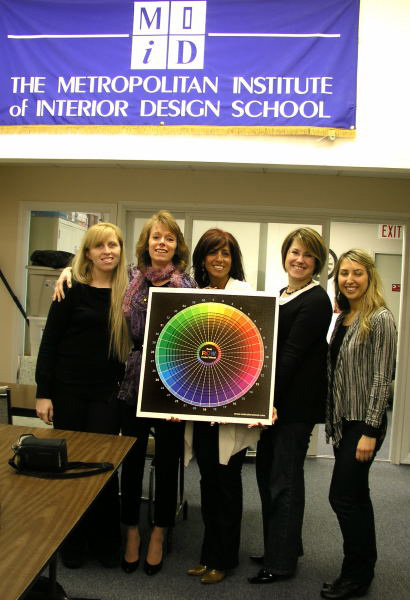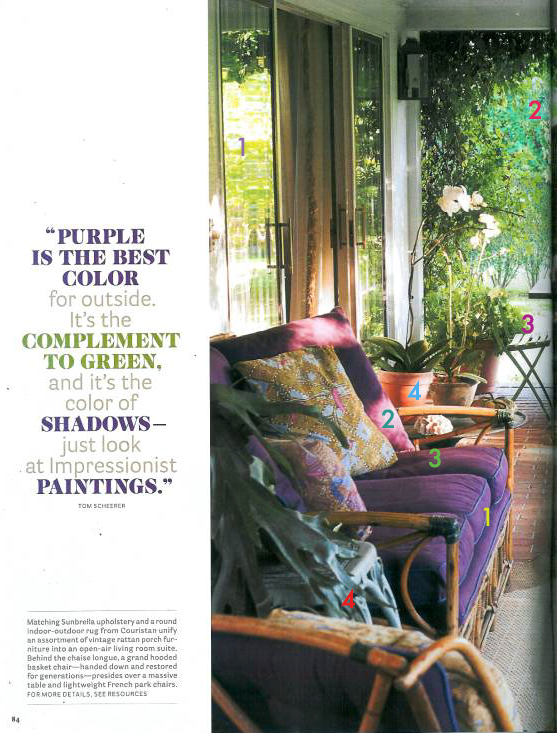Title: Interior Design
Post by Admin on Feb 12th, 2009 at 4:46am
Hi Aleta,
Thank you, let me tell you all the type of questions and answers Aleta is asking and the answers she is getting, this is from her last email. I like the way she preservers, she is a fast learner.
Subject: Alta, Don, Analogous and split complements explained.
On a 3 color wheel there is 1 set of triads and 1 set of analogous colors.
On a 6 color wheel there are 2 sets of different triads and 6 sets of different analogous colors (that's a set on each side of each color = 6 sets).
On a 12 color wheel there are 4 different sets of triads and 12 sets of analogous colors (that's a set on each side of each color = 12 sets).
On a 36 color wheel there are 12 different sets of triads and 36 sets of analogous colors (that's a set on each side of each color = 36 sets).
On a 36 color wheel there are 11 sets of split complements possible for each color. 11 x 36 = 394 split complement sets for the designer to work with.
AletaC, Ok let me study all this> I'll get it in time. & thanx
Here is the example for #1yellow; #1 to its split complements #18 & #20
That's one color on each side next to the opposite color #19blue.
Another would be two colors over from the opposite color, #1 to #17 and #21.
Another would be three colors over from the opposite color, #1 to #16 & #22.
AletaC, Ok, wow now I am really learning.
All the way up to five colors away and they don't have to be full chroma colors, they can be tints or shades of the full chroma colors.
Split complementary colors can be inclusive containing all the colors or not, just as analogous colors can be inclusive or not.
AletaC, Got it! good..>>
She understood this and send me an image from Architectural Digest and asked to explain the color scheme. She picked an excellent example of very professional work.
This looks like the main three colors are turquoise, orange and red.
Which would be #26 opposite #8 with analogous colors #4, #5, #6, #7 and #8.
The cobalt blue lamp #24 is opposite #4.
So #4 is opposite #24, #8 is opposite #26 and the analogous colors between #4 and #8 are used.
The analogous color between #24 and #26 is also used, #25 is cyan, the color of the water seen through the glass floor to ceiling windows.
This is a very advanced and well thought out color scheme, I'm glad you appreciate it Aleta. I like the faux marble technique on the walls, columns and capitols along with the Moroccan theme.
Don
|
 DeborahColorClass.jpg (110 KB | )
DeborahColorClass.jpg (110 KB | ) DeborahColorClass.jpg (110 KB | )
DeborahColorClass.jpg (110 KB | )

